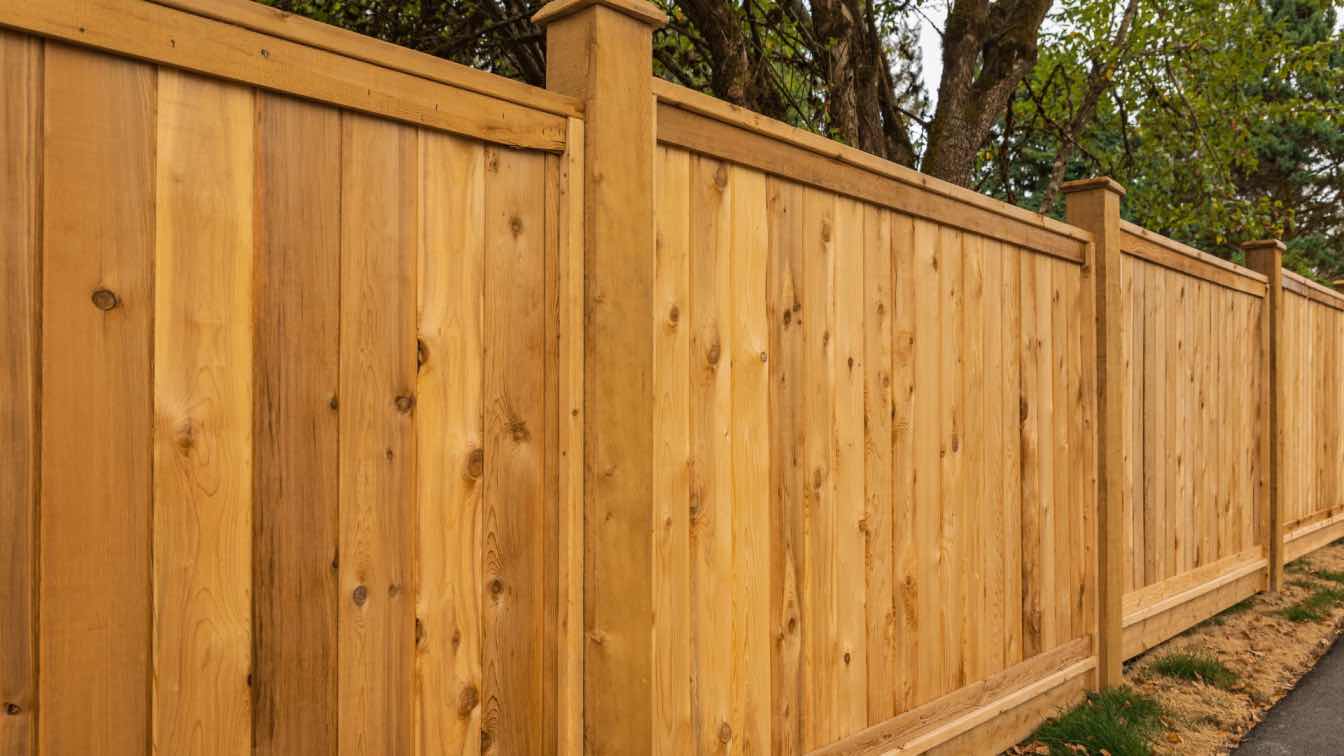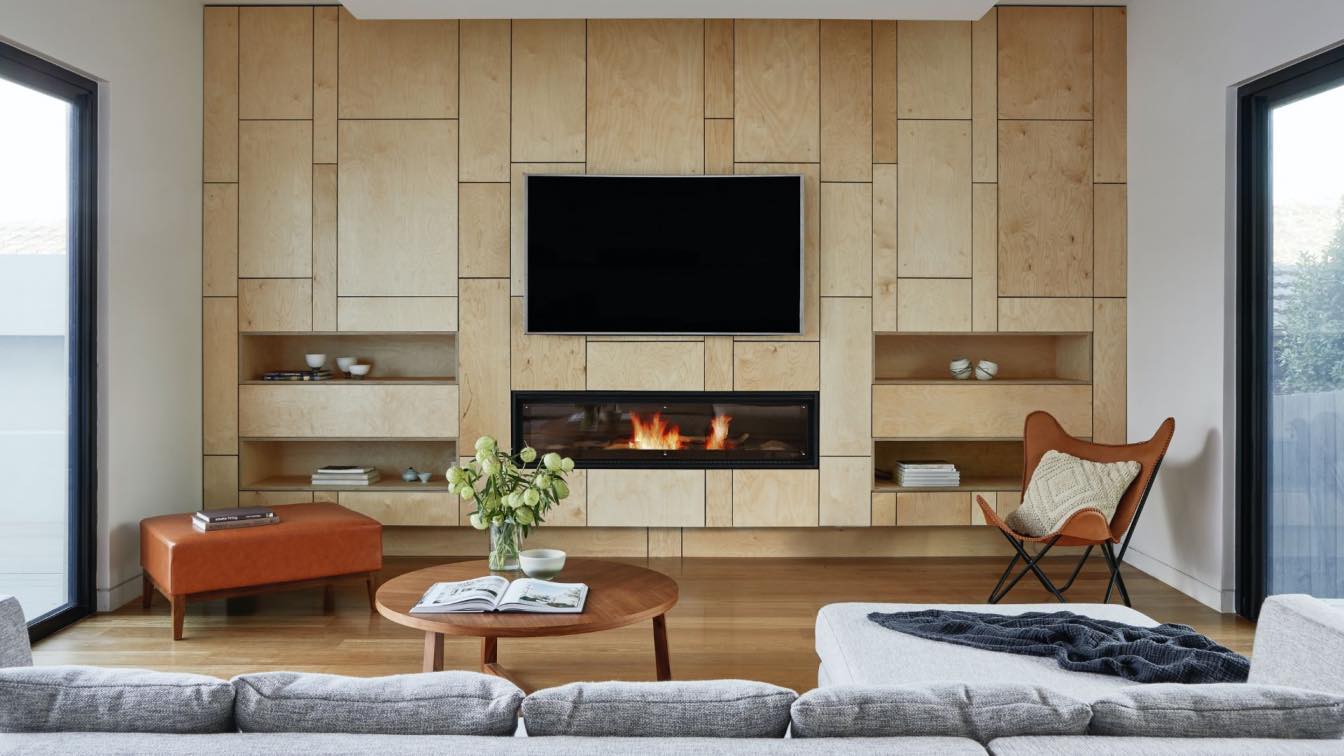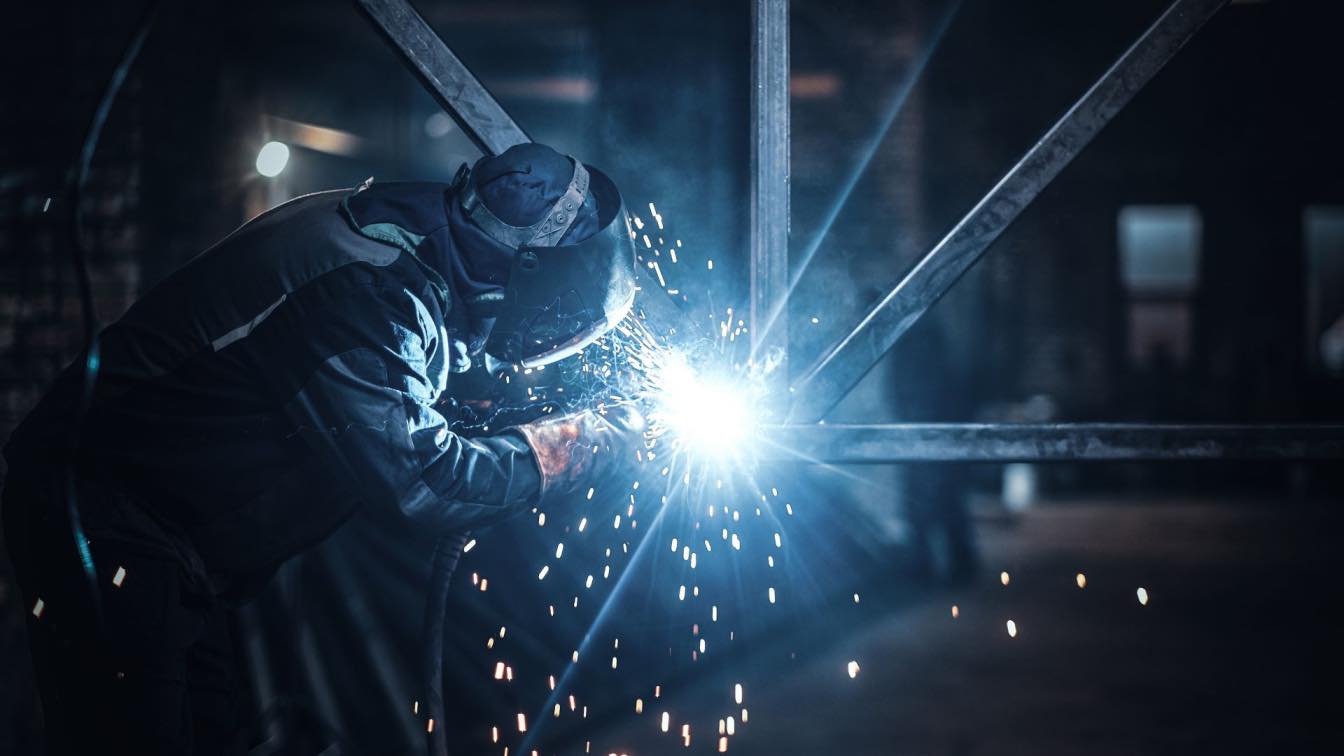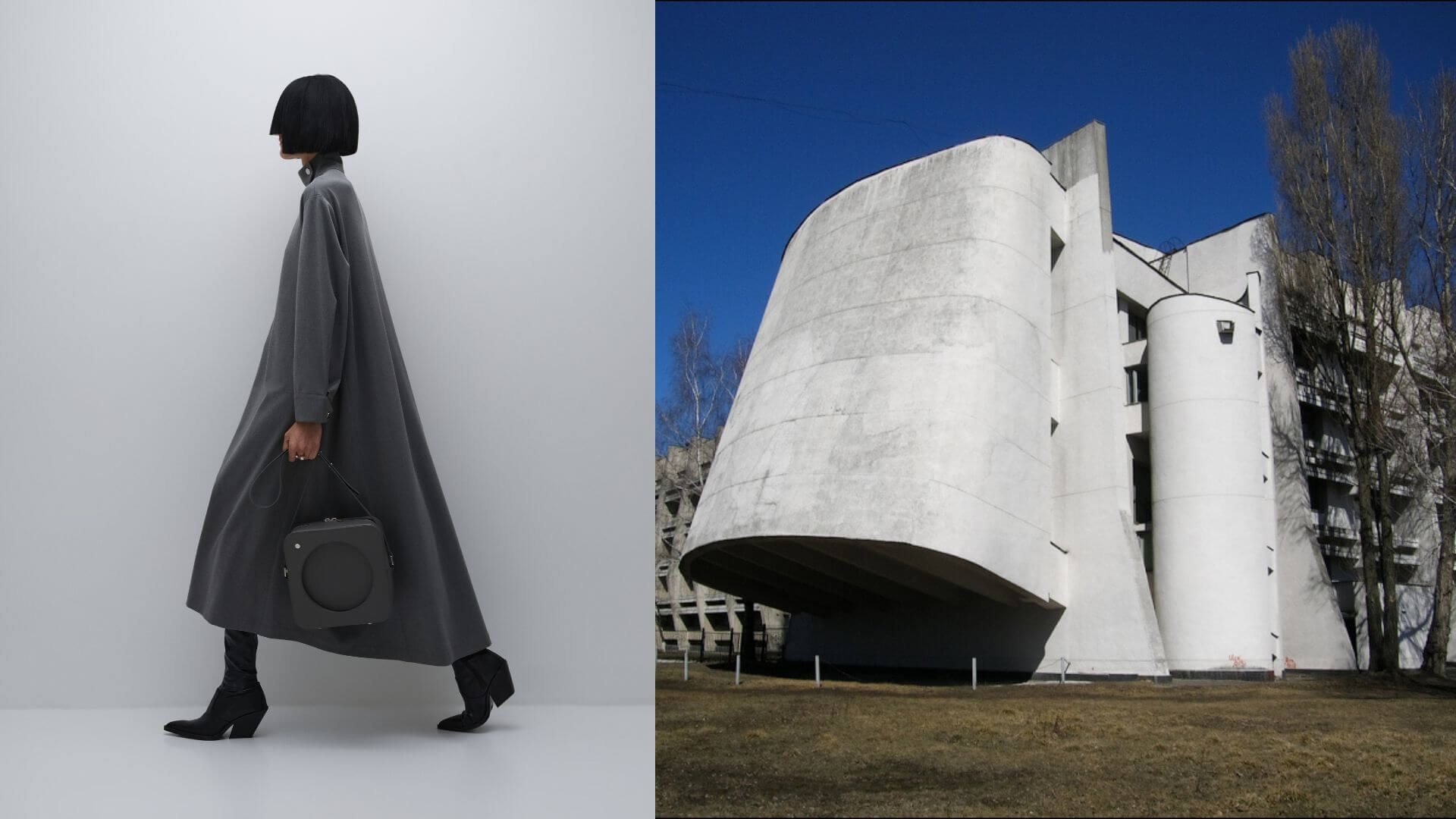Selecting the right type of wood can significantly impact your fencing’s durability, appearance, and maintenance needs. With so many options available, making a thoughtful choice tailored to your specific needs and climate is essential. This guide compares the best types of wood for fences to help you make an informed decision and enjoy your outdoor spaces.
Oak
Oak is a hardwood known for its strength and durability, making it a popular choice for heavy-duty fencing needs. Its dense structure ensures a sturdy barrier that can last for decades when properly maintained. Oak has a distinctive grain pattern that adds a classic, natural charm to any yard.
While oak is undoubtedly durable, it does require more upkeep compared to other woods. Weather treatments and regular staining are essential to prevent cracking or warping.
Pine
Pine is a softer wood that many homeowners use for fencing due to its affordability. Pine often comes pressure-treated to enhance its durability and resistance to rot and pests, making it a practical choice for homeowners on a budget. Pine’s light color also allows for more staining and painting options compared to some other types of wood.
While it may not be as long-lasting as hardwoods, such as oak or cedar, its cost-effectiveness and adaptability make it an excellent choice when balanced against overall project needs and budget considerations.
Cedar
Cedar is an excellent wood for fences if you’re looking for a fence that is easy to maintain and offers timeless beauty. Cedar naturally resists rot, decay, and insect damage due to its natural oils, making it a highly durable option. Over time, it weathers to an appealing silver-gray color, but you can also use sealants to preserve its warm reddish hue. Cedar is an ideal choice if your budget allows as it combines aesthetic value with practicality.
Redwood
Homeowners prize redwood for its stunning color and natural resistance to decay and insects. Its rich, reddish tones and smooth texture make it one of the most attractive wood choices for fences. Like cedar, redwood gradually weathers over time, but sealing can retain its vibrant appearance. Redwood offers excellent value in aesthetics and durability if you want premium quality and are willing to invest in maintaining your fence’s beauty and performance.
Treated Wood
Treated wood is often a smart choice for homeowners wanting to strike a balance between cost and versatility. Treated wood undergoes a chemical process to improve resistance to rot, insects, and environmental conditions. Manufacturers use a variety of wood species to make treated wood, but pine is the most common choice.
One thing to keep in mind is that treated wood requires consistent maintenance to ensure it remains in peak condition. It may also have a slightly greenish tint from the chemicals used in the treatment process, but you can often mask this by staining or painting over it.
Selecting the best type of wood for your fences depends on your priorities, whether you seek durability, cost, or aesthetic appeal. Each wood has its own advantages to consider when choosing the right fence for your property. Take time to evaluate your budget, maintenance capacity, and design preferences.





